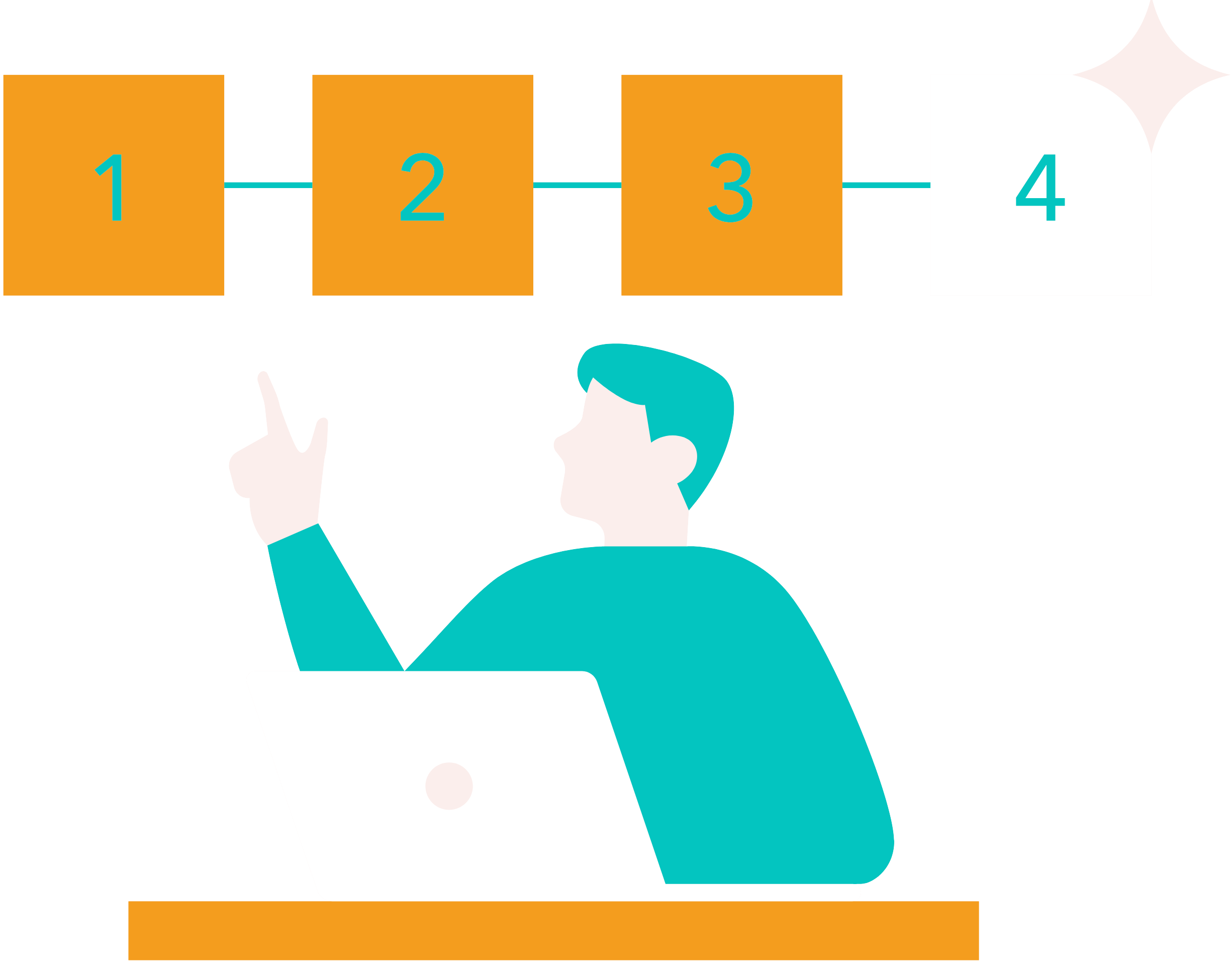How do we choose a proper communication channel

Choosing the proper communication channel involves considering some key factors to ensure that the message is effectively delivered and received. The principles are the same for any type of organization. Here are the factors to consider that will help you select the appropriate communication channel.
Understanding the Audience:
- Demographics: Consider the age, location, preferences, and habits of your target audience. While younger audiences may prefer social media, older audiences might favor email or newsletters to get information about your YO and its offer. This is the starting assumption, which we can also periodically check and adapt accordingly.
- Preferences: Determine which channels your audience uses and prefers. Conduct surveys or analyze past interactions to gather this information. Periodically repeat the surveys to track changes of preferences and the development of new channels.
Understanding the Audience:
1. Informative: If the goal is to share information, channels like email, newsletters, or websites might be appropriate. These channels can be short-, medium- and long-term oriented. They can be more dynamic or static, more engaging and/or serving as a reference point (archive).
2. Engagement: For interactive or engaging content – social media, webinars, or live events are more effective.
3. Urgency: For urgent messages, instant messaging apps, SMS or phone calls are most suited as they cut times in which something needs to be communicated or decisions made.

Message Types:
- Simple Messages: It’s more effective to use direct and straightforward channels like instant messaging or tweets for simple, brief messages are easier to comprehend and initiate action with the target audience.
- Detailed Messages: For complex, important or detailed information – choose email, detailed reports, or face-to-face meetings.
Channel Capabilities:
- Channel Richness: Some channels allow for richer communication with visual and audio elements such as video calls, lives, face-to-face meetings. Channels with a high level of richness allow for immediate exchanges of information. They are ideal for complex, ambiguous, or sensitive messages where feedback is essential.Medium richness channels allow for a balance between data and feedback, allowing some interaction and feedback. Channels with lower richness can be used for clear, unambiguous messages where immediate feedback is not needed.
- Interactivity level: Channels that allow for immediate feedback (e.g., instant messaging, phone calls) are useful when we need engagement in real-time.

